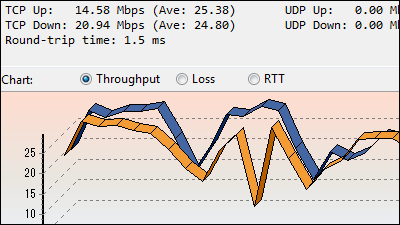Start-up 'Network Next' efforts to reduce the latency of online games to the utmost

When playing online games, the
Fixing the Internet for Games (GDC 2019) | Gaffer On Games
https://gafferongames.com/post/fixing_the_internet_for_games/
When releasing a multiplayer game that works online, some players complain about the game's behavior. There may be problems with the game program and the provider you use, but one such factor is 'the network path from the user to the game server is bad'.
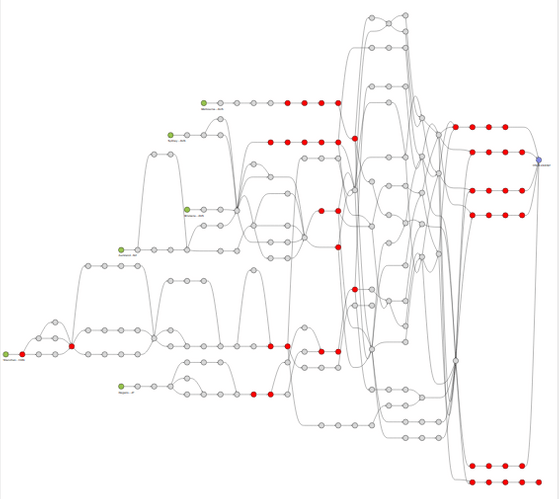
You can use edge caching to distribute images and other static content from the server closest to you, or you can use buffering for streaming movies. However, game communication is real-time and interactive, and 'How to reduce latency' is a key point to improve the game experience. Feidler discusses three ways to improve latency.
◆ 1: A few strikes

One common way to reduce latency is to use as many providers as possible and run the server in as many places as possible. It is a relatively common method, but it can make players split up and make it difficult to choose which server to choose when playing with friends.
◆ 2: Use the cloud

You also have the option of using a cloud service. For example, Google's can use Google's private network, which improves latency compared to using the general Internet route, but has the problem of high price.
◆ 3: Build a new Internet for games

It is difficult to realize, but there is also a way to build a dedicated Internet for games. In fact, there is an example where Riot Games, which develops a game called League of Legends, has built its own private network. When playing League of Legends, packets are sent directly from the user's provider to Riot Games' private network.
Certainly the latency is improved, but you need to think about whether it is worth the cost. Also, it is not good for the Internet to appear as many games as the ecosystem.
Unlike the three methods mentioned above, the startup 'Network Next', where Mr. Feedler is CEO, offers a cheap way to improve latency by inter-loaning the existing private network infrastructure.
In terms of latency, the public Internet is less efficient than private networks. In his talk, Glenn Fiedler has published an experiment to see how inefficient the current Internet is. It measures communication between AB by sending and receiving UDP packets, and scores based on the time taken for sending and receiving, jitter indicating the stability of latency, and the rate of packet loss that packets are lost during communication.
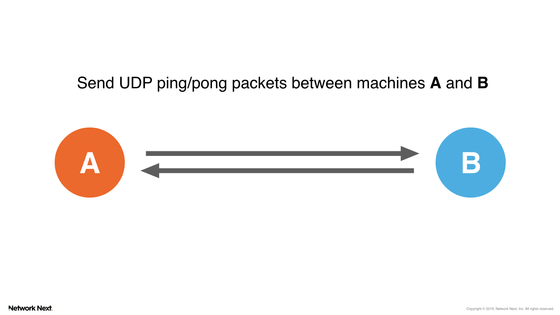
And we measure each score among many providers.

If the Internet is efficient, the score should be better if you communicate directly between AB rather than communicate across AB with another provider 'x'. However, there are cases where 'AxB' actually scores better with 70% to 90% probability.
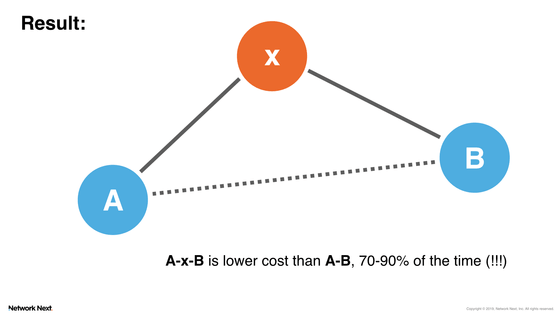
As mentioned above, the Internet has an inefficient structure in terms of latency. So what Mr. Feidler considered was 'I just have to use a private network'. A company that has built its own private network sells free space for its traffic, and game providers buy it.
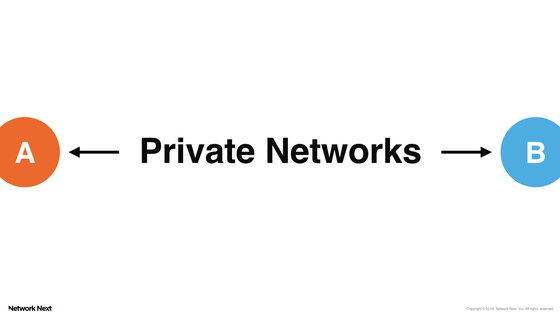
When the system was actually introduced, the user's communication score improved by about 60%. Of those, 7% or more users have improved their score by more than 20.
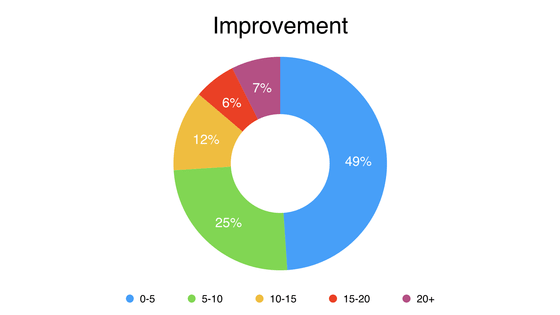
Latency is a natural enemy, especially for gamers who play real-time competitive online games such as fighting games and MOBA. The appearance of these startups is expected to reduce latency in the future.
Related Posts:
in Web Service, Posted by log1d_ts




